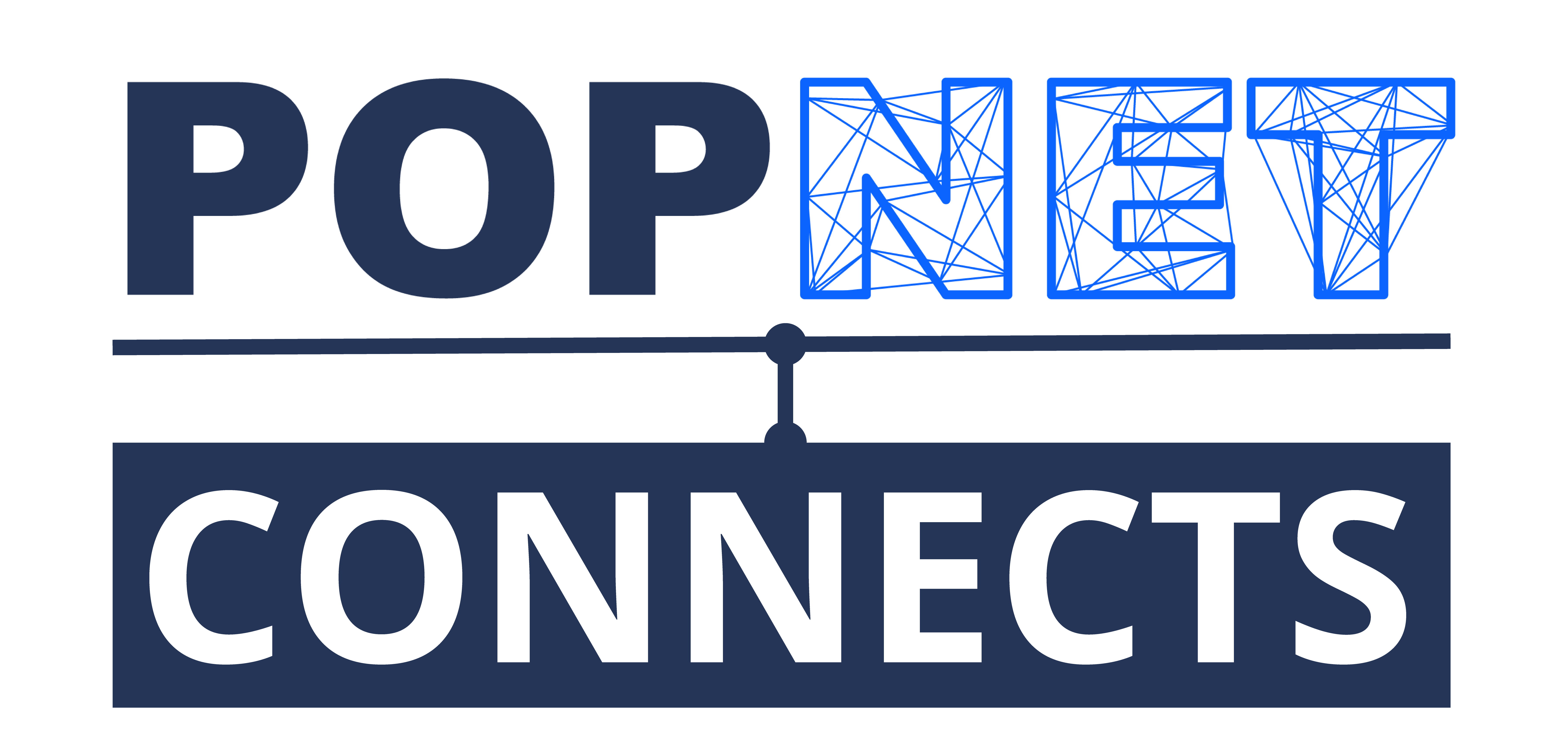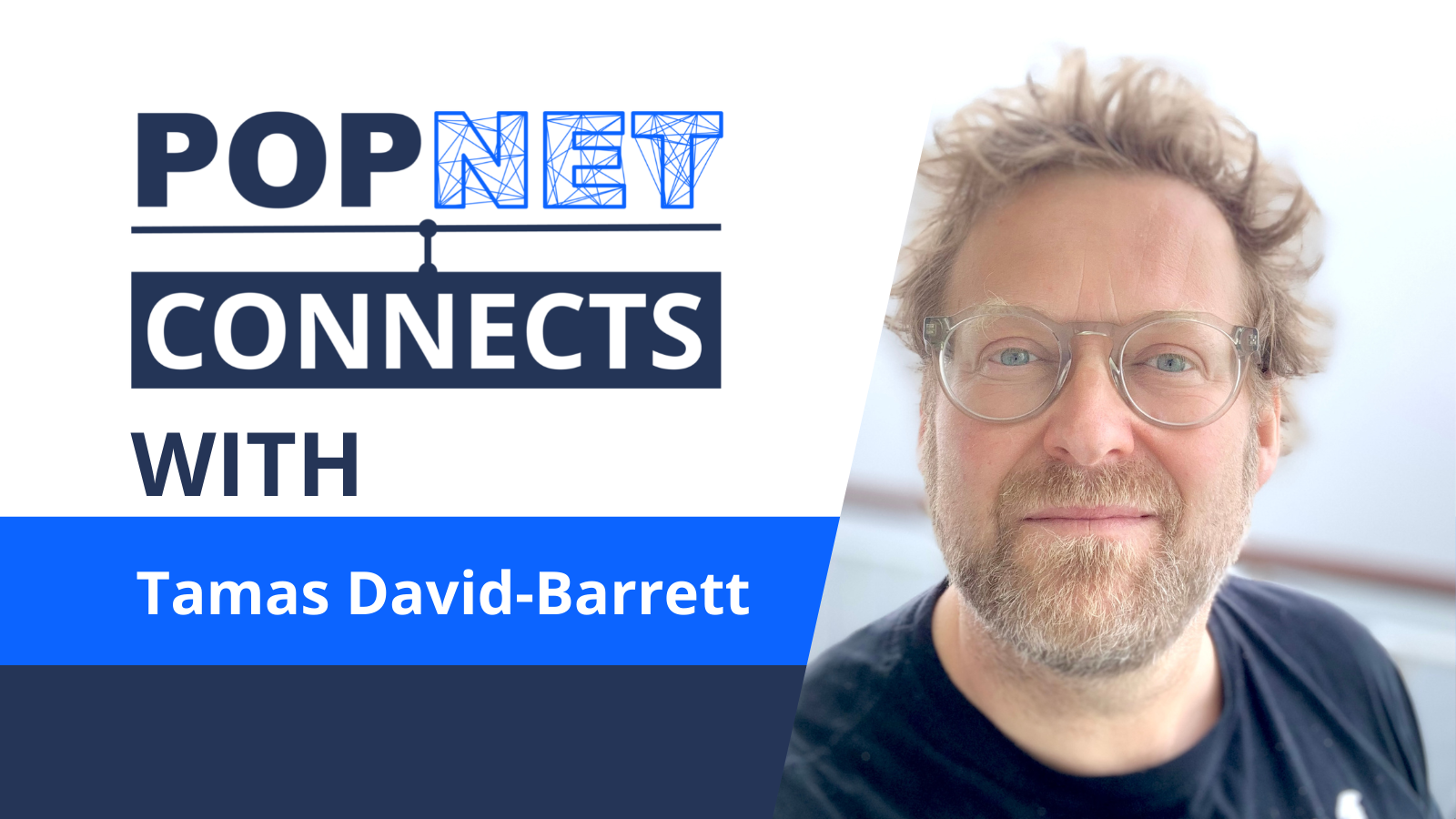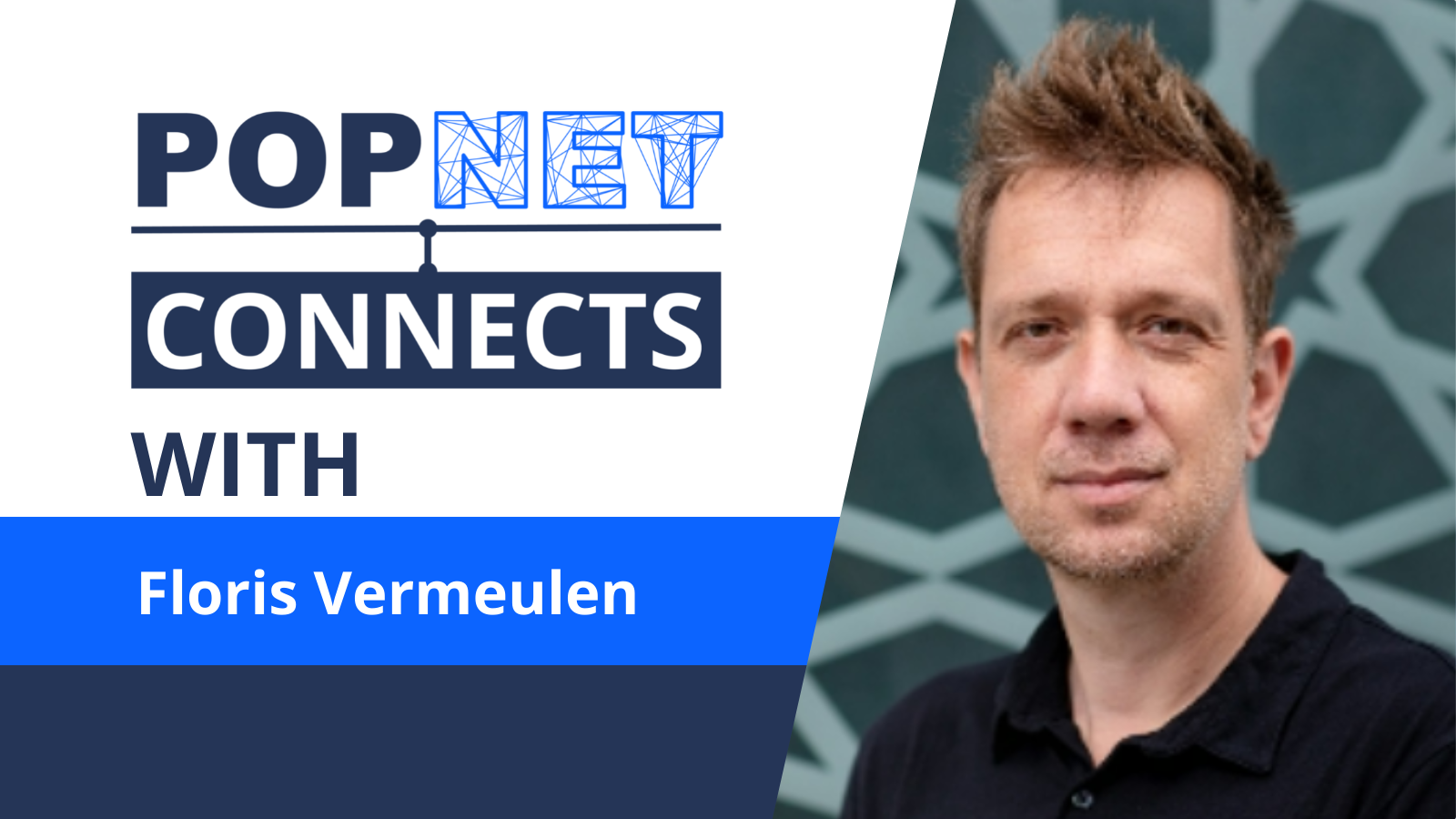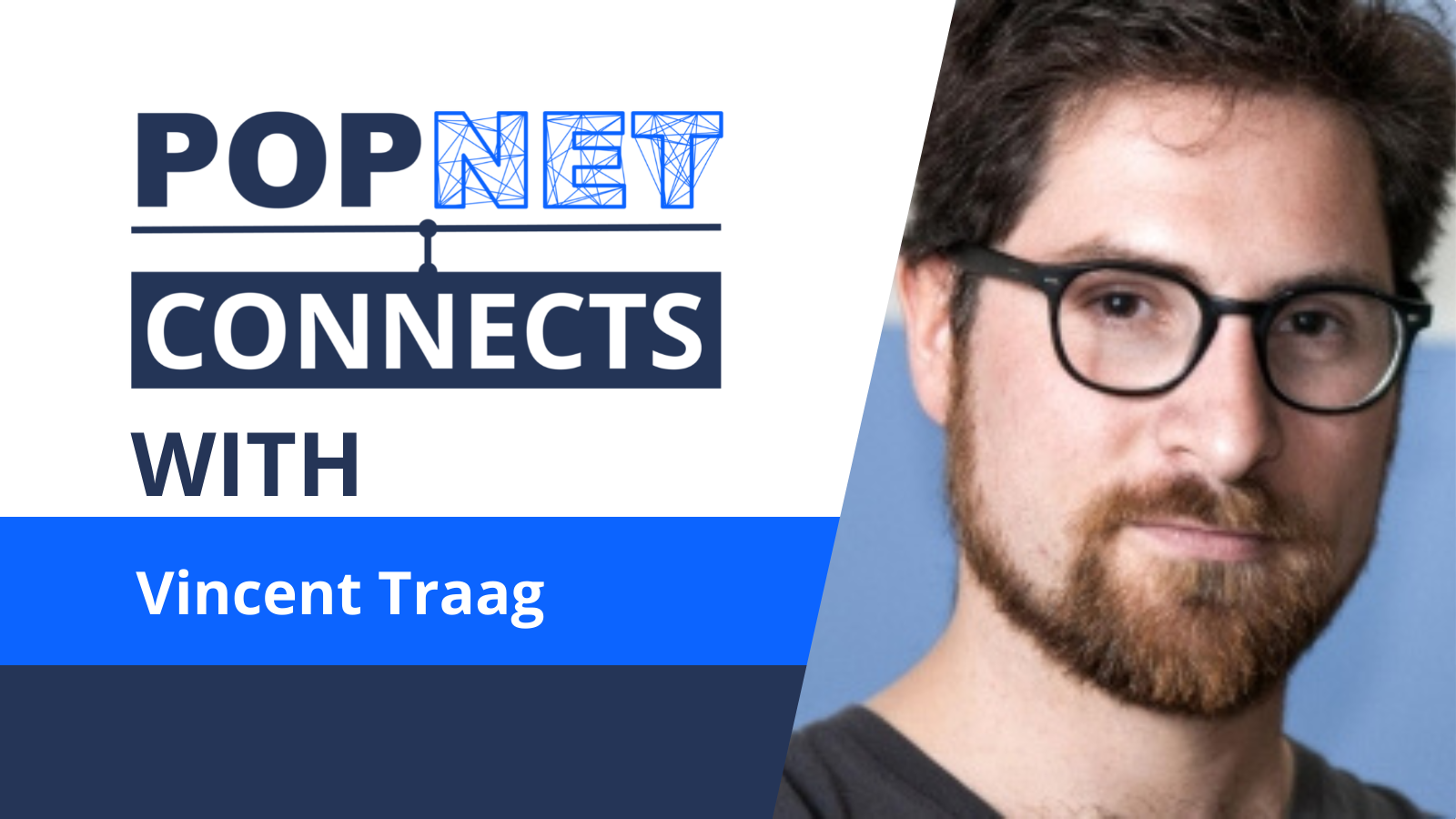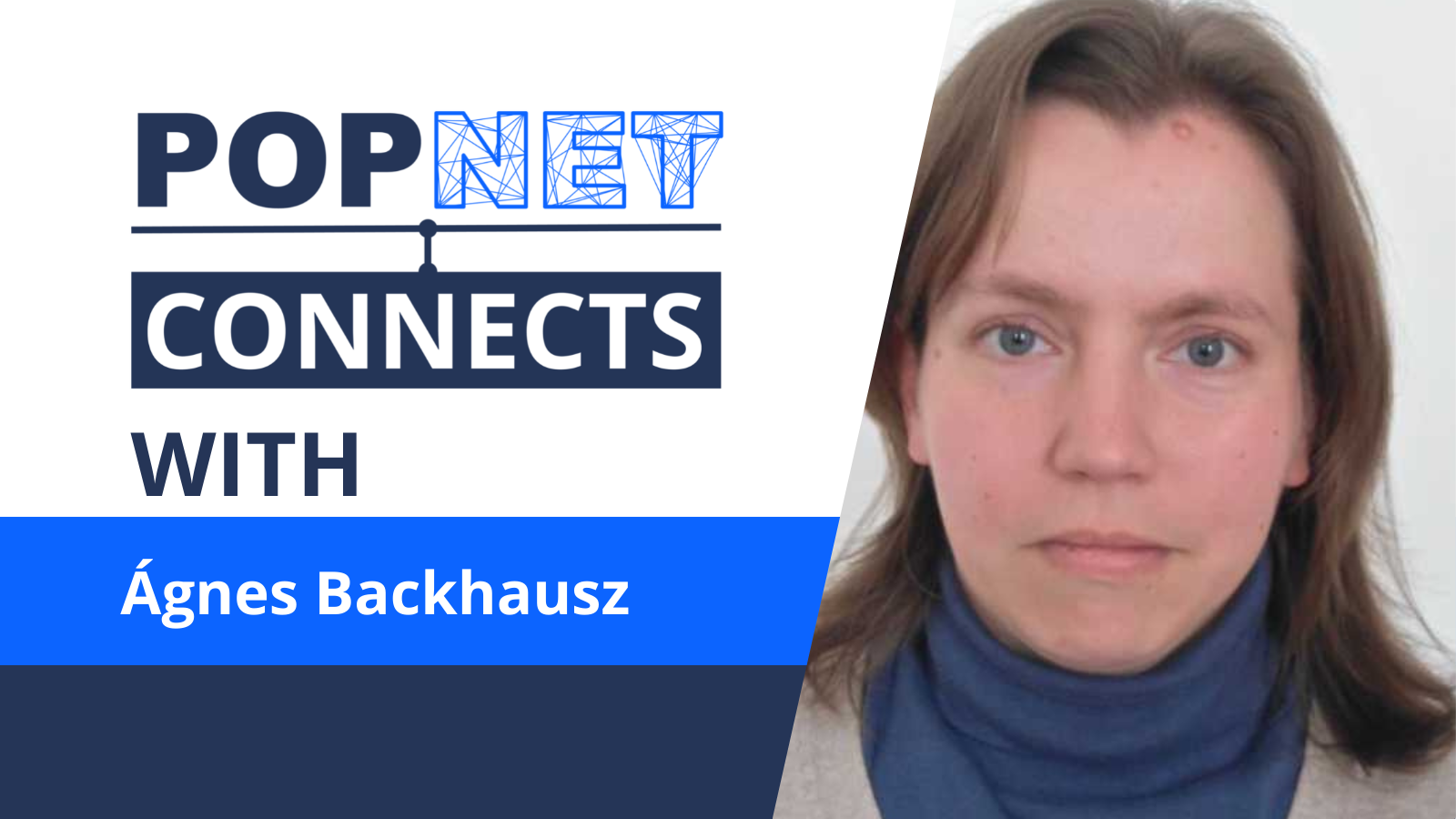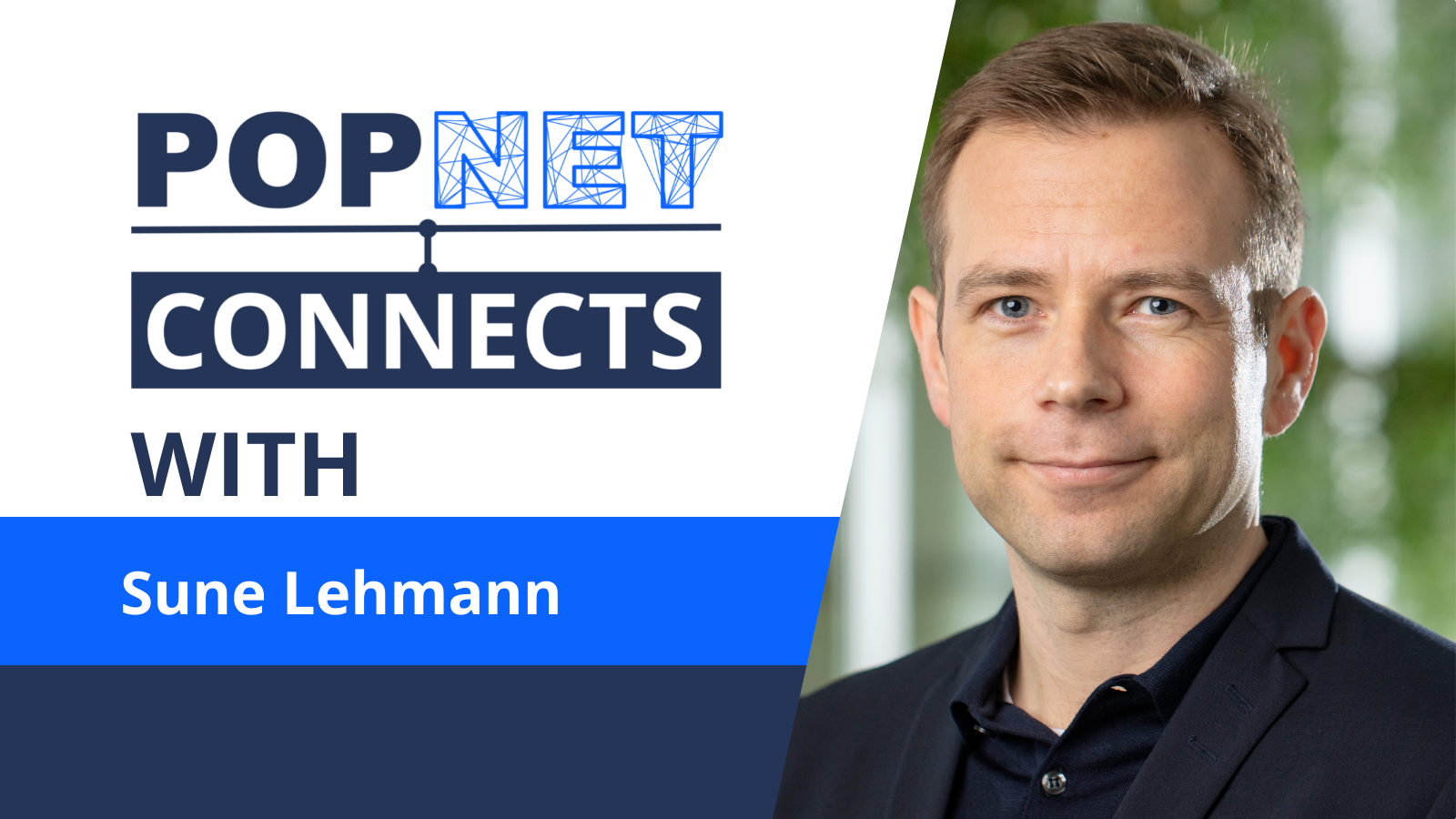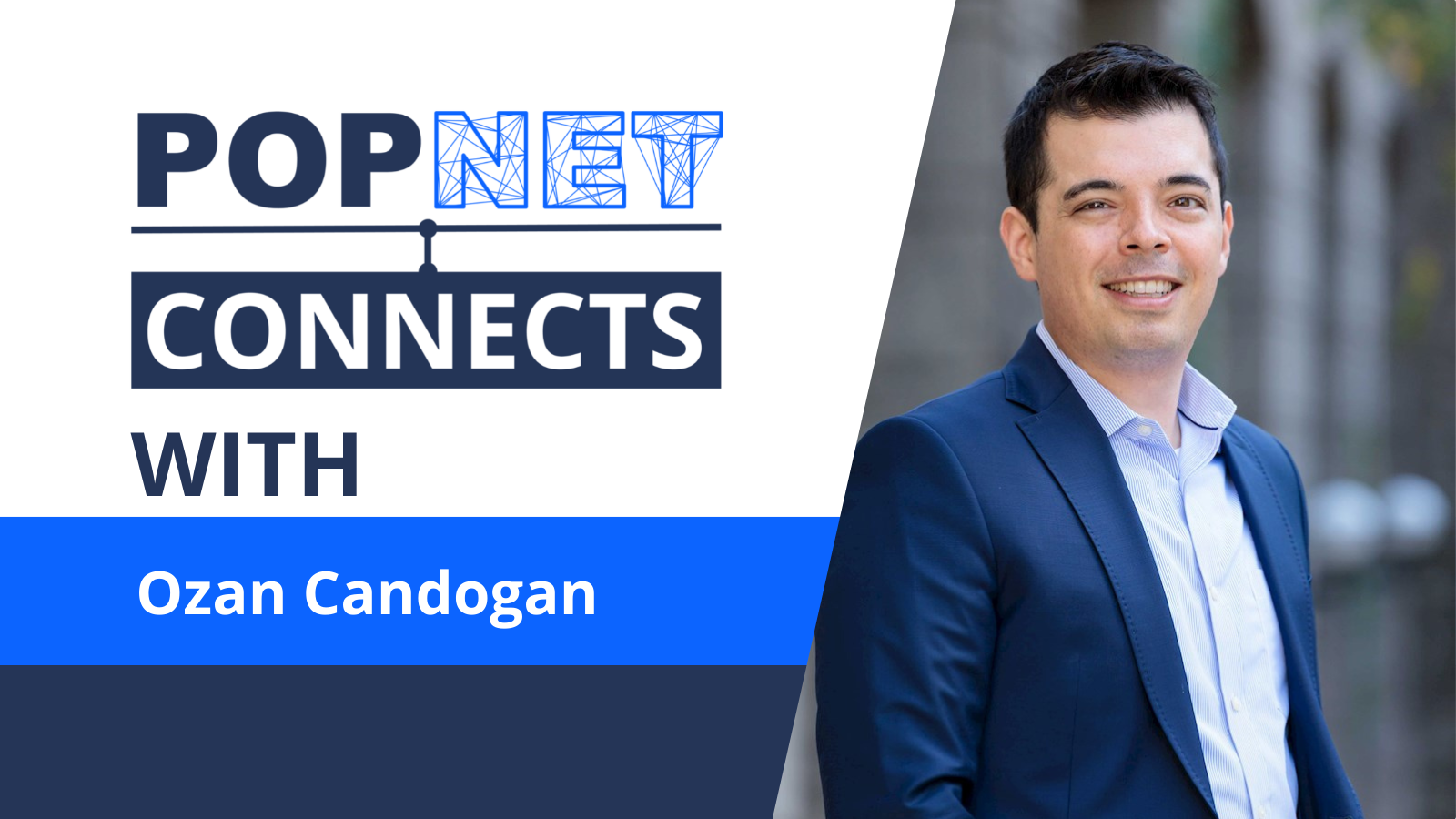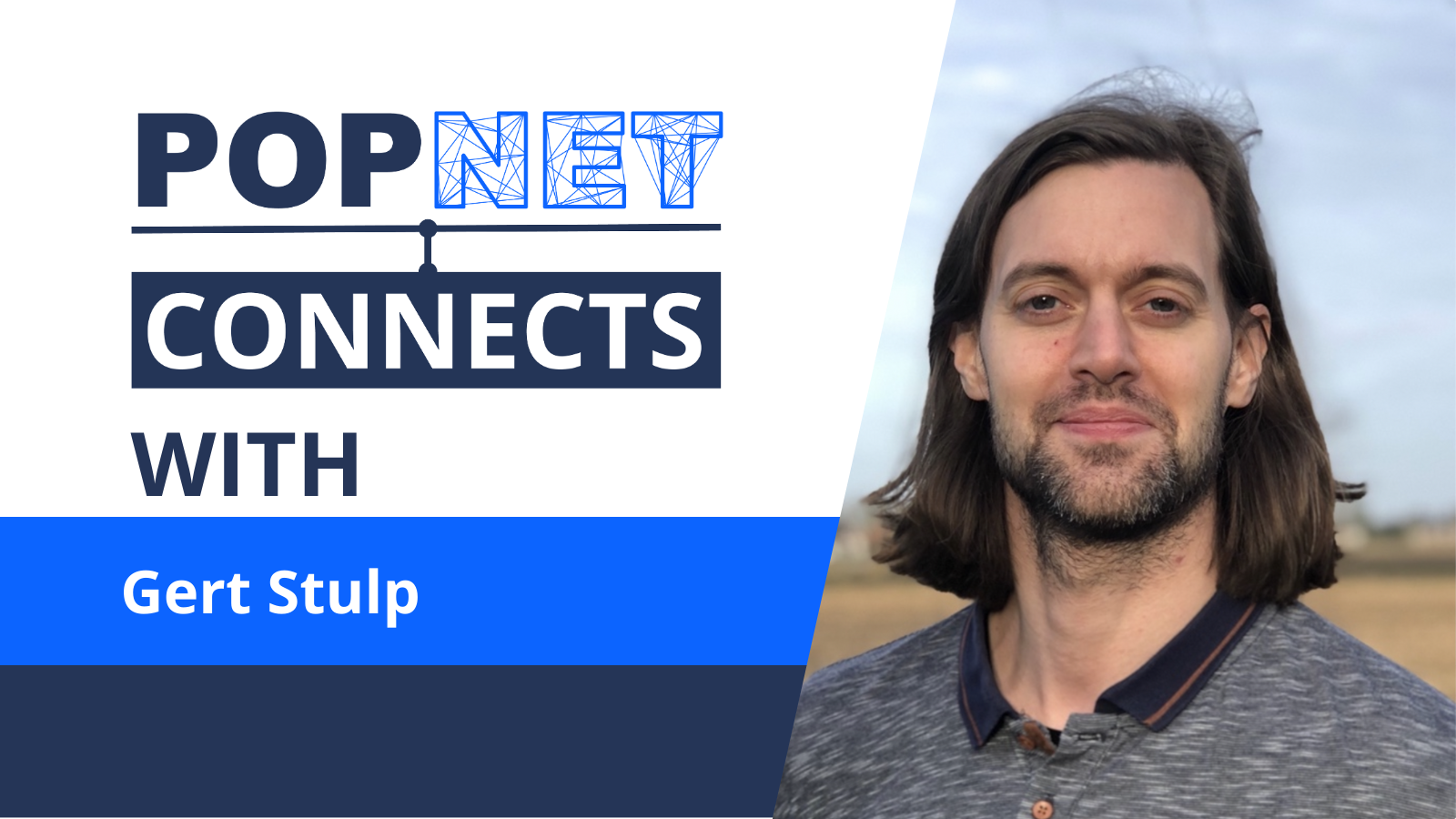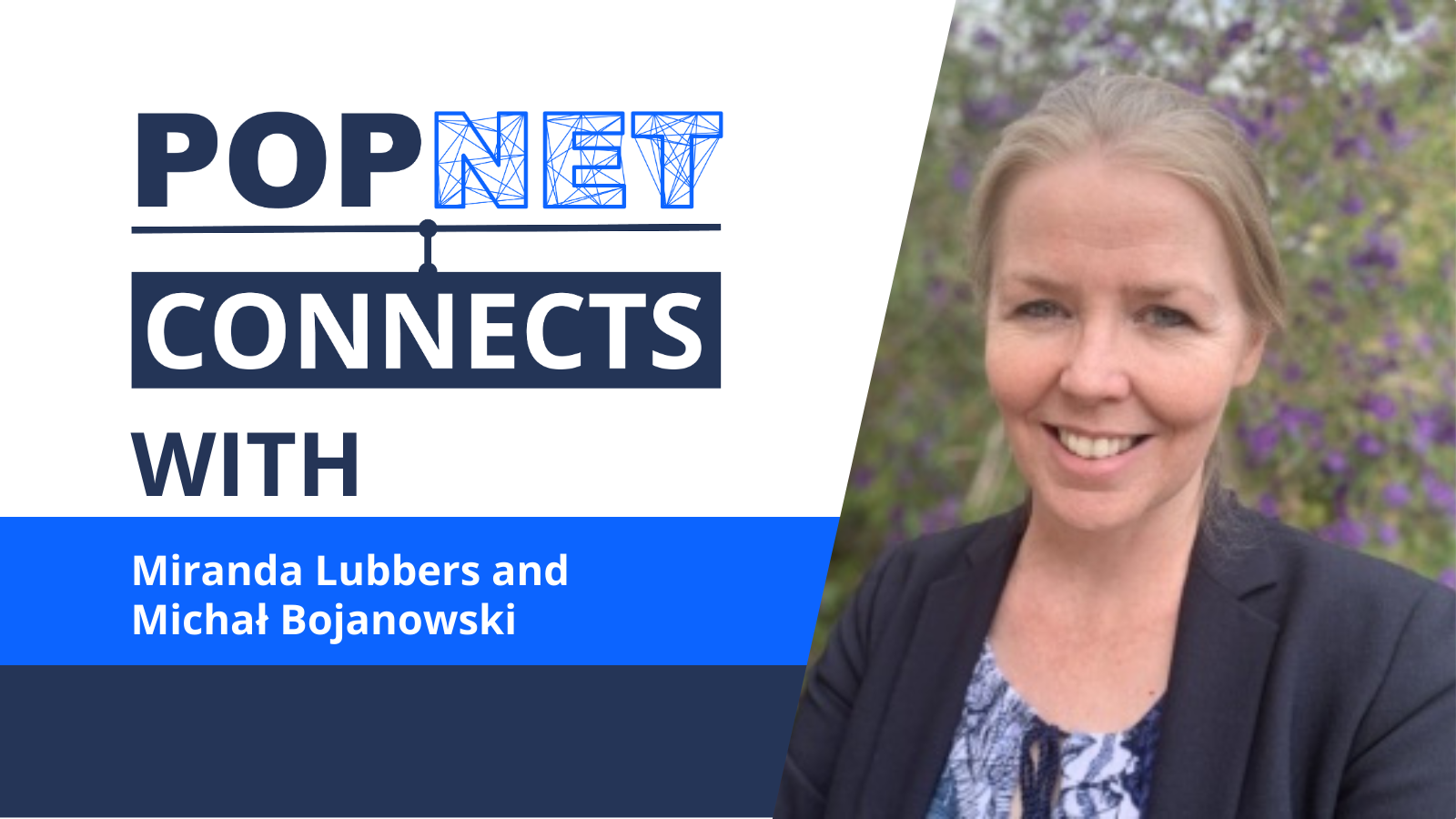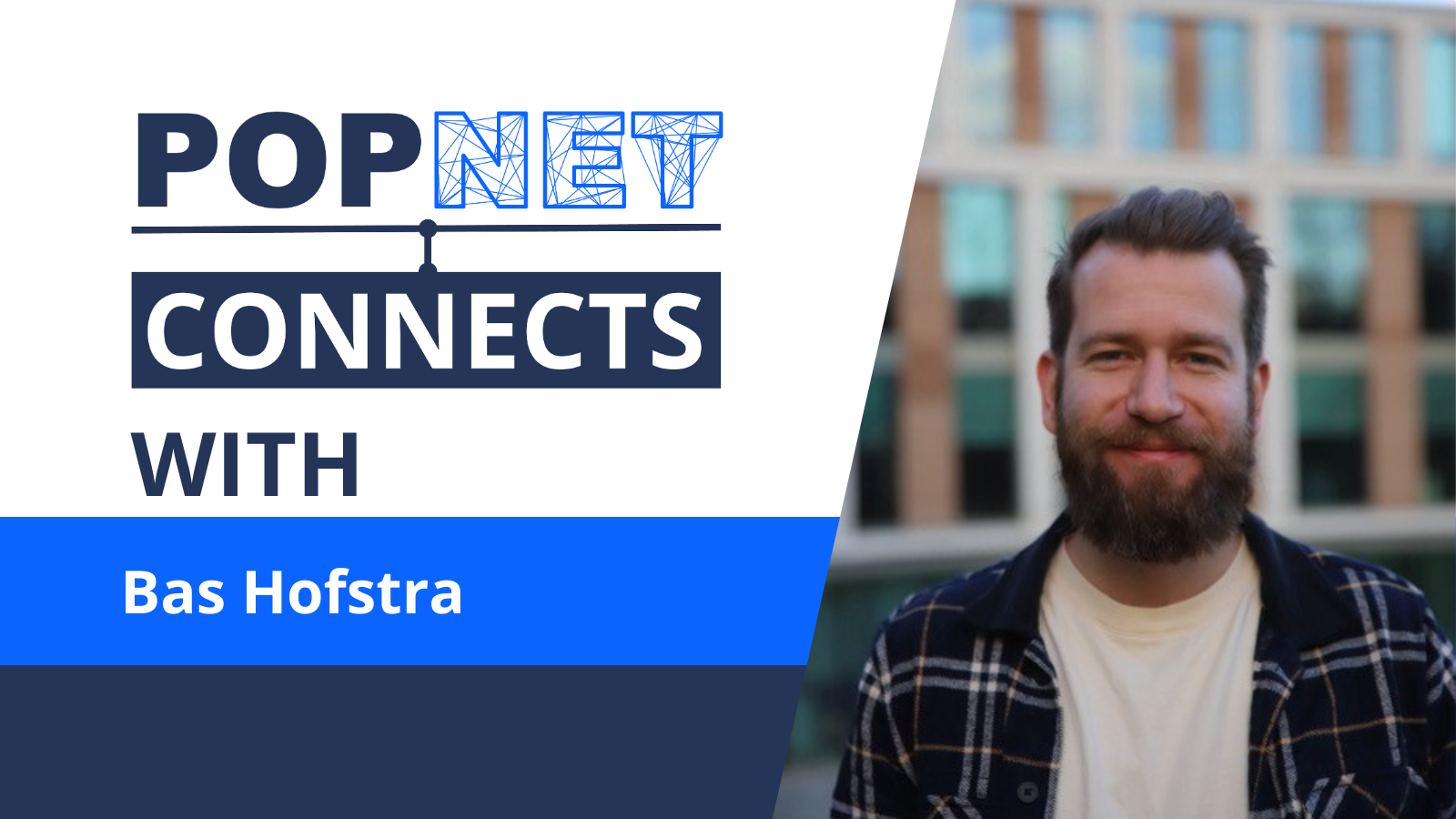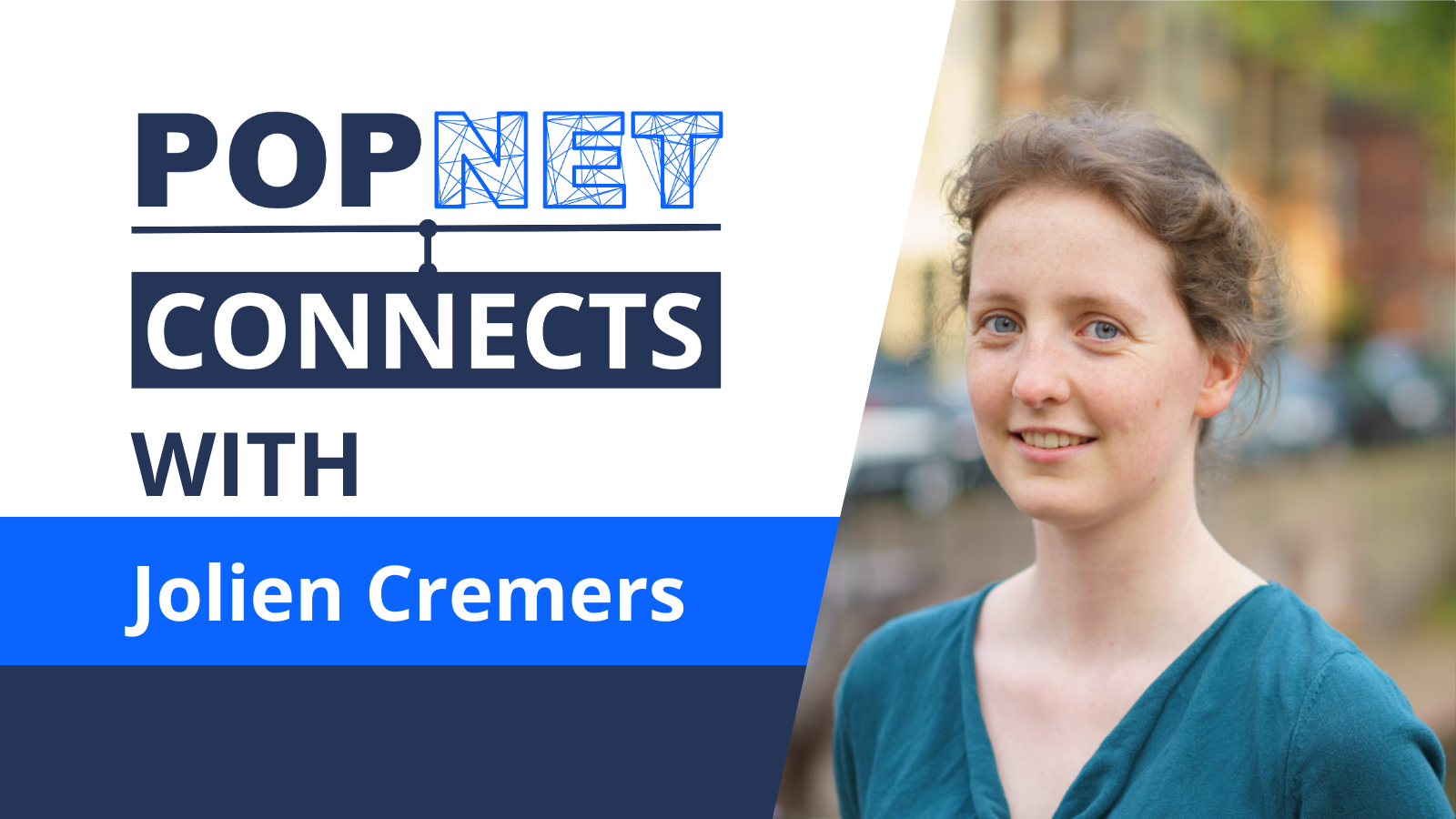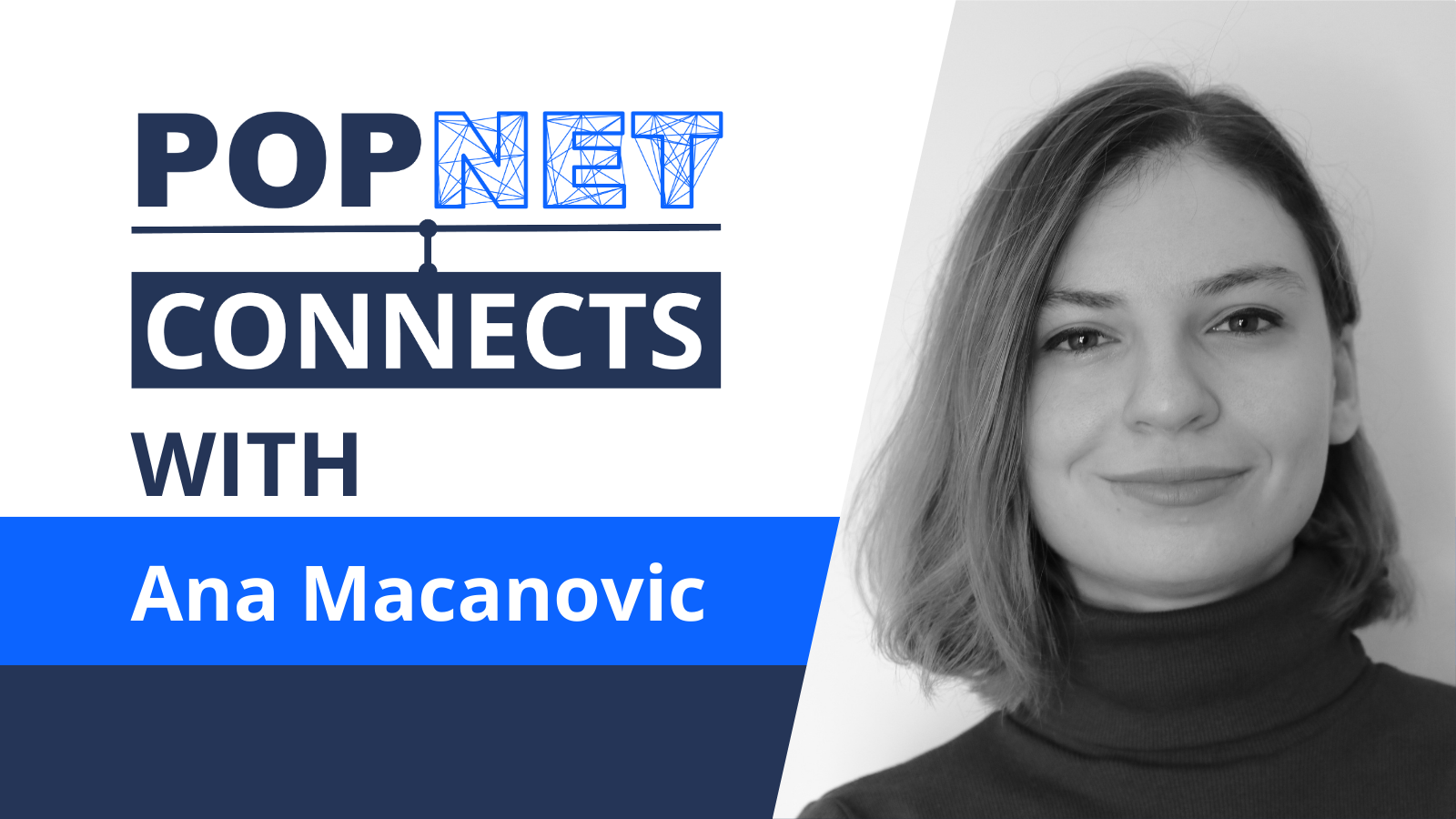Seminar
POPNET Connects with Naja Hulvej Rod
Social phenomena and health: exploring the role of networks and group dynamics
POPNET Connects with Floris Vermeulen
What do big data analytics reveal about neighbourhood organisational vitality?
POPNET Connects with Ágnes Backhausz
The impact of spatial and social structure on an SIR epidemic on a weighted multilayer network.
POPNET Connects with Sune Lehmann
Life2vec: Predicting personality, death, emigration, and other life-events from embeddings of registry data.
POPNET Connects with Ozan Candogan
Controlling Epidemic Spread: Reducing Economic Losses with Targeted Closures
POPNET Connects with Gert Stulp
Collecting personal networks to study social influences on fertility behaviour.
POPNET Connects with Miranda Lubbers and Michał Bojanowski
Simulating society-wide networks based on NSUM.
POPNET Connects with Bas Hofstra
In this seminar in the seminar series of POPNET Connects, Bas Hofstra, Assistant Professor at Radboud University's Department of Sociology, will discuss scholarly hiring between disciplines and identify patterns of interdisciplinary exchange and explaining the emergence and persistence of these network structures.
POPNET Connects with Jolien Cremers
In this seminar of the POPNET Connects series, Jolien Cremers, Senior Advisor at the Data Science Lab at Statistics Denmark, will discuss the creation of a registry-based, multi-layer, and temporal network of the entire Danish population from 2008-2021, covering approximately 7.2 million individuals. The network maps relationships formed through family, households, workplaces, and schools, providing insights into how social connections influence various aspects of life, such as career trajectories and health. Cremers will also explore how connections reappear across different life stages, reflect one's position in the income distribution, and reveal patterns in shortest path lengths between individuals, offering a novel approach to understanding societal dynamics.
POPNET Connects with Ana Macanovic (Hybrid)
In this seminar of the POPNET Connects series, Ana Macanoivc, Max Weber Fellow at the European University Institute (EUI), Florence, will present a newly curated and fine-grained dataset, the Dutch Professors in Media database (DPM), to better understand the complex landscape of gender differences in media representation.

